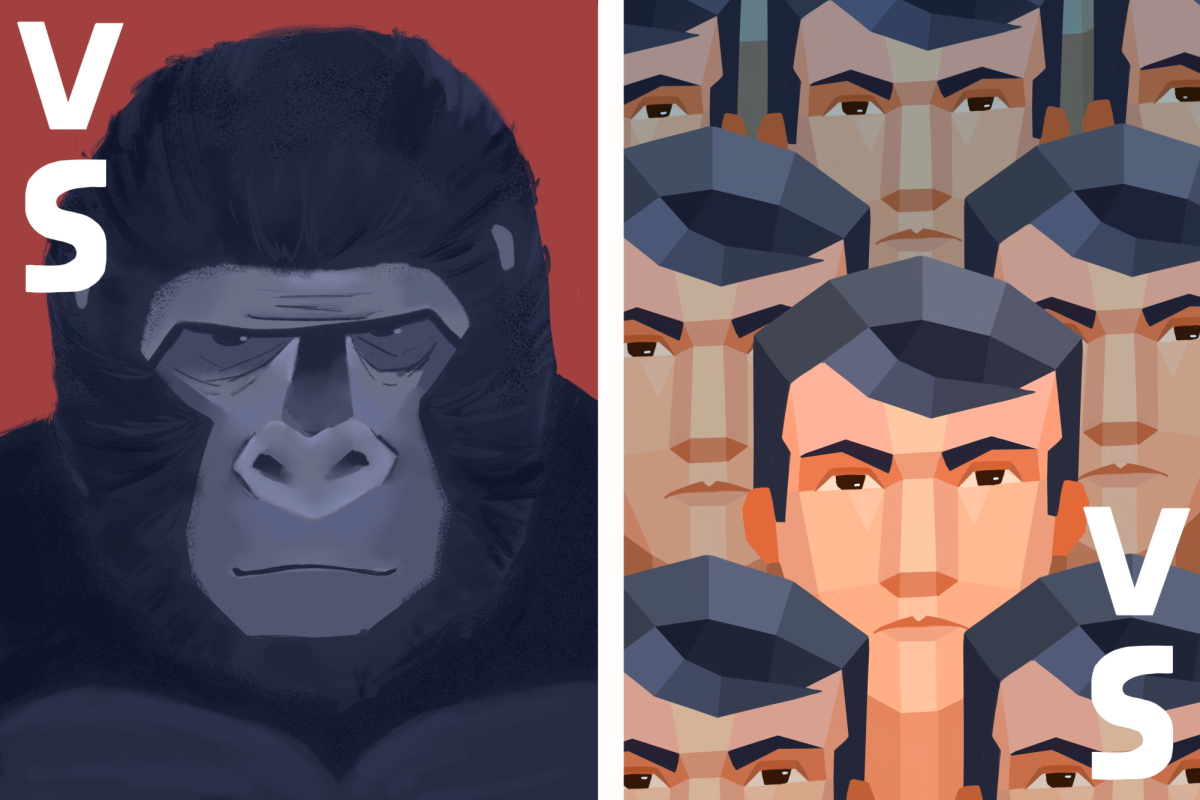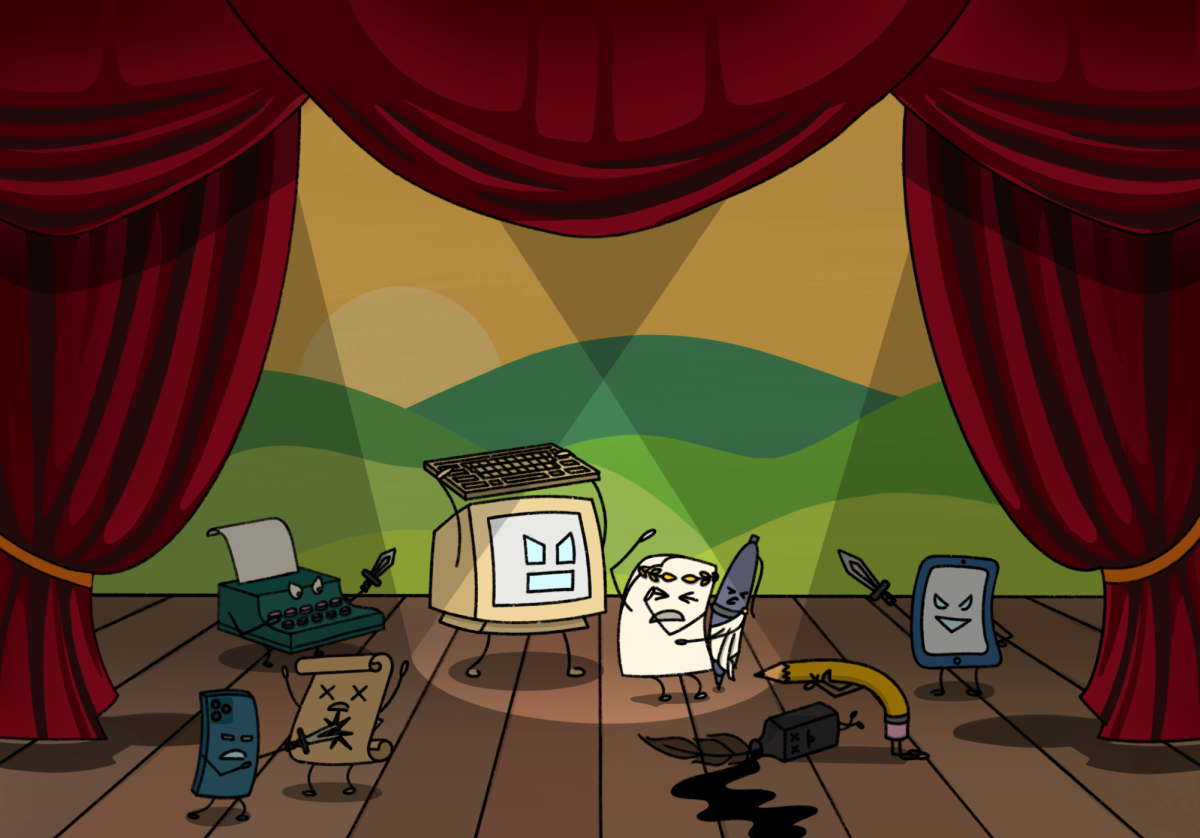The Bechdel Test is a test created by cartoonist Alison Bechdel that decides if a movie meets reasonable standards about its portrayal of women. A movie must have two women with names, those two women must talk to each other and they must talk to each other about something other than men.
Many movies just barely pass and in spirit, they really don’t. Some movies that don’t pass have powerful female characters and shouldn’t be considered a failure to women. One way the test could be made better is by adding in that the conversation about something other than men must also be a meaningful one.
In addition, the two women with names must appear in the movie more than once and should probably have their names said out loud. However, even though it’s not perfect, this test is a good place (and really the only place) to start when examining women in the film industry.
In the recent 2017 Academy Awards, only five of the nine movies pass the test— two of them just barely. None of the films had a female director and only one (Hidden Figures) had a female writer. In 2016, only four of the eight movies nominated for best picture pass her test with only three passing the spirit of the test. In 2015, three of eight passed. In 2014, four of nine.
Instead of sending a positive message of empowerment to young girls (and women of all ages), the world of film is subconsciously telling them that they’re not important or smart enough to be in a movie talking about anything other than men.
The problem is more widespread than just the content of the scripts. The reason women don’t have the chance to become fully developed in so many films is because they are underrepresented throughout the entire process. Variety magazine shows that “in 2014, 85% of films had no female directors, 80% had no female writers, 33% had no female producers, 78% had no female editors and 92% had no female cinematographers, according to the Center for the Study of Women in Television and Film at San Diego State University.”
Despite some debate, not much has changed. Not only are women severely underrepresented in Hollywood, they are also hugely underpaid in comparison to their male counterparts.
According to a Forbes article on the topic, the top-paid female actress, Jennifer Lawrence, made $52 million, whereas the top-paid male actor, Robert Downey Jr., made $80 million. While many people say that the wage gap doesn’t really exist, it’s still hard to swallow the difference in this instance. It’s true that part of the reason women are paid a smaller amount, admitted by Lawrence herself, is because they don’t negotiate in the same way that many males do. However, it would be small-minded to think that failure to negotiate is the only reason for a near 150 percent difference between salaries.
Unless we have a big change, and quickly too, things are not going to improve. More people are talking about the problem, evidenced by Patricia Arquette’s Oscar speech last year, but so far it’s not enough. Even after her speech, there hasn’t been much change: only half of the Oscar nominated films pass the Bechdel test.
The problem runs deeper than just pay, it is the entire culture surrounding the film industry. Women are appreciated for their looks and fashion sense, while men are appreciated for their acting talent. Reese Witherspoon brought this up last year at the Oscars when she told reporters to “ask her more” than just about her outfit. Yet women still continue to be judged by their choice of dress and not by their role in a film.
We can still enjoy all kinds of movies, including ones that don’t pass the Bechdel test. It would be unrealistic to advocate boycotting half of the movies that have been deemed the best of the year. However, while we can enjoy all talent and most movies, we also have to speak up about the problem plaguing Hollywood culture.
Nothing is going to change unless we force it to. When movies do represent women equally and pay them equally, we should make a point to see those films. We need to show Hollywood that having a movie with only men in the “important” roles is not what we want. We need to stand with the actresses of Hollywood in their struggle for equality in the world of film.








